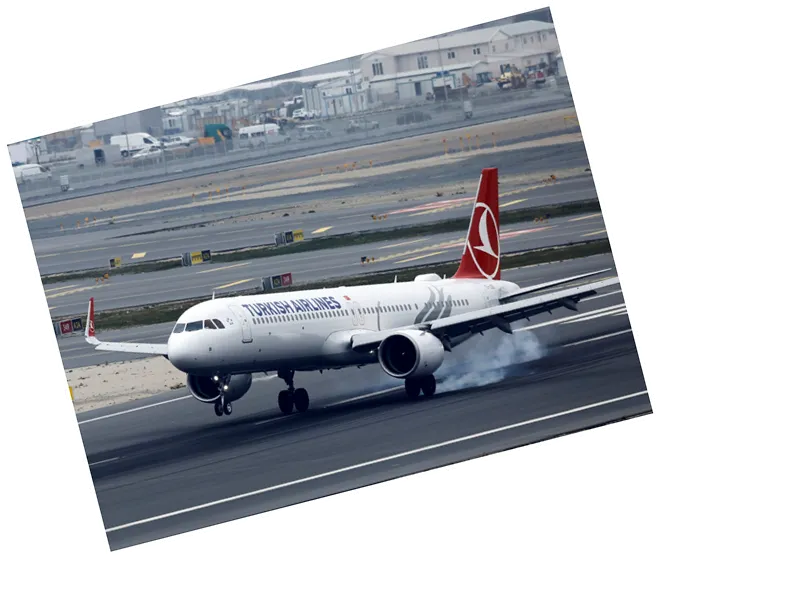Boeing 787 Cockpit Safety Inspections Required Following Injuries
The U.S. Federal Aviation Administration (FAA) has mandated inspections of the cockpit seats in hundreds of Boeing 787 aircraft after a serious incident on a Latam Airlines flight in March. During the flight from Sydney to Auckland, approximately fifty passengers were injured when the plane unexpectedly lost altitude, causing those without seat belts to be thrown against the ceiling. This alarming event has raised significant concerns about the safety and quality control measures implemented by Boeing.
Details of the Incident and FAA Directive
The FAA's directive affects 158 Boeing 787 aircraft registered in the United States and a total of 737 worldwide. The decision comes after reports of the captain's seat moving uncontrollably, leading to a rapid descent of the aircraft. The FAA emphasized that the adjustment levers on some pilot and co-pilot seats were found to be too loose, contributing to the risk of unintentional seat movements that could jeopardize flight safety.
Ongoing Concerns and Boeing's Response
Since the initial incident, Boeing has reported four additional occurrences of similar seat movement issues to the FAA. These developments have prompted an urgent review of safety protocols and quality assurance processes within the company. The FAA has made it clear that unintentional movements of cockpit seats could lead to severe consequences, including the potential for serious injuries among passengers and crew. As of now, Boeing has not provided a public response to the FAA's directive or the ongoing safety concerns.
- The FAA's decision underscores the importance of rigorous safety standards in the aviation industry, particularly for widely used aircraft models like the Boeing 787 Dreamliner. The potential for pilot seat malfunctions to affect flight control highlights the critical need for manufacturers to ensure that their products meet stringent safety requirements. In light of these incidents, passengers are advised to always wear their seat belts during flights, regardless of the situation. It serves as a reminder that safety precautions can significantly mitigate risks during unexpected turbulence or altitude changes.






